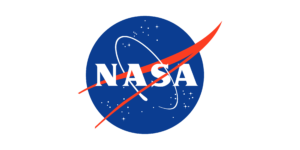When you flush a toilet on Center where does it go?
Well the answer is the Hampton Roads Sanitation District (HRSD). LaRC’s sanitary piping, which primarily carries discharges from sinks and toilets, discharge to HRSD for treatment. HRSD, a political subdivision of the Commonwealth of Virginia, was created by public referendum in 1940 to eliminate sewage pollution in the tidal waters of the Chesapeake Bay. HRSD owes its creation to oysters, a robust seafood industry in the early 1900s. The Virginia Department of Health condemned a large oyster producing area in 1925, bringing the question of sewage pollution to light.
HRSD facts include:
- Year Created: 1940
- Type of Agency: Political subdivision of the Commonwealth of Virginia
- Service Area: 17 counties and cities
- Population Served: 1.6 million
- Governing Body: Governor-appointed commission
- Collection System: More than 500 miles of pipes, 6-66 inches in diameter
- Pump Stations: 104
- Treatment Plants: 9 major plants in Hampton Roads and 4 smaller plants on the Middle Peninsula
- Combined Capacity: 249 million gallons per day
You can visit HRSD’s webpage here: https://www.hrsd.com/
LaRC and HRSD – A Permitted Partnership
LaRC is classified by HRSD as a non-significant industrial user. We are a permitted entity and must adhere to HRSD’s industrial wastewater regulations as well as the individual permit itself.
What does this mean to you? If your facility is planning on discharging any wastewater to the sanitary system you need to get an Environmental review of the process. LaRC’s Environmental Management Office will work with HRSD on getting authorization to discharge, amend our permit, or we may require a different discharge strategy altogether. If your facility is changing processes, draining equipment (closed loop chiller systems, cooling towers, etc.), changing approved products, drainage piping, etc. please remember to coordinate with Environmental staff through the LF 461 process or call Ande Remington at 864-8332.

